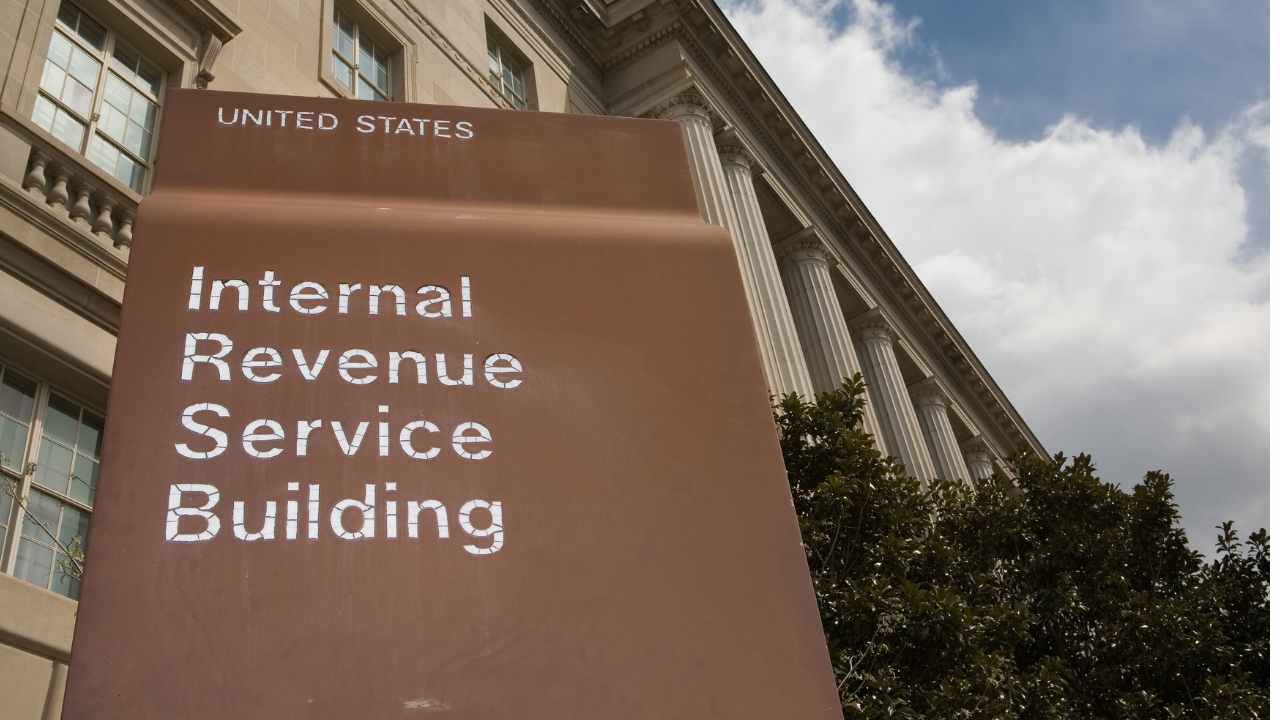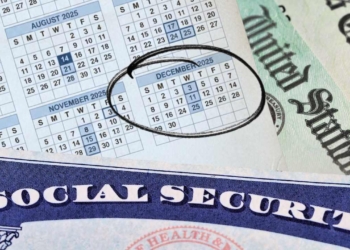On October 1, 2025, the United States federal government began a government shutdown after the fiscal year 2026 budget was not approved. This event, which has continued for the seventh consecutive days, is the result of partisan disagreements in Congress. The shutdown affects more than two million federal employees and suspends non-essential operations.
The Internal Revenue Service (IRS) maintains its critical functions. Funded partially by revenue collection fees, the agency continues to process tax returns and issue refunds. The agency is utilizing contingency plans with special authorizations and previously allocated funds for these activities.
The impact of the government shutdown on pending tax refunds
During the 2025 government blackout, tax refunds continue to be processed normally, according to IRS statements. This situation differs from previous shutdowns, where significant delays were reported. The agency confirms that its core operations remain operational.
Some complementary services are experiencing impacts. Taxpayer service lines are operating with reduced staff, and non-essential audits are paused. For refunds, the IRS is prioritizing automated processing. No total interruptions in refund issuance have been reported.
The IRS recommends using digital tools to check refund statuses. This measure aims to ease telephone congestion, which is experiencing long wait times during the shutdown.
What to do if your tax refund is delayed
Although general processing continues, occasional delays may occur. If a pending refund exceeds the usual 21 days, the IRS suggests specific protocols.
Initial verification should be completed using the “Where’s My Refund?” tool at irs.gov/refunds. The platform updates information in real time. It’s also recommended to check your registered email and your IRS personal portal for notifications.
Calling 800-829-1040 should be a last resort, and not the nicest one. Wait times may exceed 30 minutes during the closing period. For cases involving potential errors, assistance from licensed tax preparers or the Taxpayer Advocate Service is available.
The final elimination of paper checks
The discontinuation of payments via paper checks for individual tax refunds was implemented on September 30, 2025. The federal government suspended the issuance of most physical payments under the Federal Payments Modernization Act.
Pending refunds requested on paper before this date will be processed if they were pending. New refunds require direct deposit activation. Exceptions exist for cases of financial vulnerability without bank access.
The transition affects approximately 1% of annual refunds. Officials indicate that this measure does not slow down internal processing, but may expedite final receipt by eliminating postal delays.
Steps to transition to electronic payment
Direct deposit allows you to receive refunds within 1-2 business days of approval. You must select the corresponding option during the electronic filing process when filing your return.
It’s crucial to correctly enter your nine-digit routing number and personal account number. The platform allows you to split your tax refund into up to three accounts. If your return has already been accepted, you can’t change your bank information.
For taxpayers without a bank account, there are alternatives such as prepaid cards or accounts with no minimum balance. Verifying your information is essential, as the IRS is not responsible for errors. This method reduces the risk of fraud associated with physical checks.







